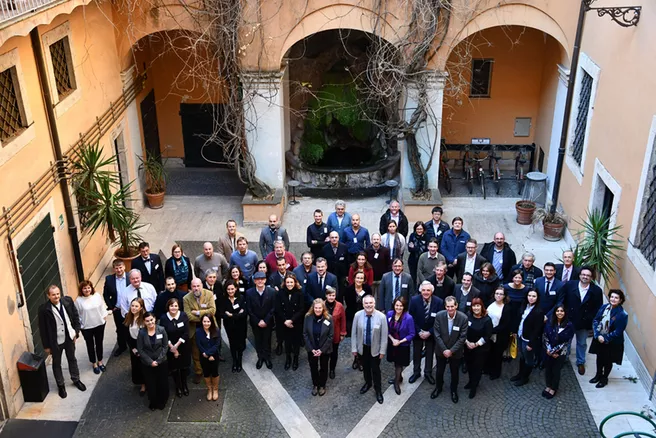BrightNESS-2 brings together scientific partners from eleven different countries and will build on the legacy of the BrightnESS project that was successfully performed from 2015 to 2018 and was funded by the European Union’s Framework Programme for Research and Innovation, Horizon 2020. The succeeding programme shifts the focus from risk mitigation to long-term sustainability of ESS and its community. This both supports, and depends upon, the long-term sustainability of a vibrant neutron scattering community and a network of complementary facilities in Europe.
During its timeline of 36 months, and with a budget of nearly five million Euros, BrightnESS-2 will ensure that neutron facilities in Europe provide access and services in a strategic and coordinated manner to user communities from Europe and beyond. The project will set up an in-kind contribution management for ESS, boost the innovation potential of the facility and foster strategic partnerships with industry. Furthermore BrightnESS-2 will reinforce the position of ESS as a truly global research infrastructure and deliver its positive socio-economic impact. The European and South African partners involved will significantly promote the worldwide development of neutron research and strengthen the European research sector.
“The European Commission has sent a strong signal in support of neutron scattering in Europe by making funding available for the BrightnESS-2 proposal. We value this and look forward to working closely with consortium partners and LENS for the benefit of a wider research community as the project moves ahead under the coordination of ESS,” said ESS Director General, John Womersley.
The Heinz Maier-Leibnitz Zentrum (MLZ) contributes in three of six project working packages in total and will support BrightnESS-2 specifically in developing a European neutron strategy in a global context, exploring new ways of working for the most efficient usage of neutrons in engineering and life sciences as well as establishing a robust framework to attract industrial users. Furthermore, the MLZ-partners Forschungszentrum Jülich and Technical University of Munich are involved in developing an in-kind contribution management for ESS. For these purposes they will receive a total funding of 367 000 Euros, underlining the significance of the neutron research source FRM II in a European context.
BrigtnESS-2 is launched at a critical time for the European neutron scattering community that is currently experiencing dramatic changes as several facilities have reached the end of their life cycle. The common project helps to uphold Europe's position in the global research environment and further strengthen the network of facilities for research using neutrons.
Text: adapted from Lenka Petkova /ESS
More Information:
News report of the European Spallation Source (ESS)

